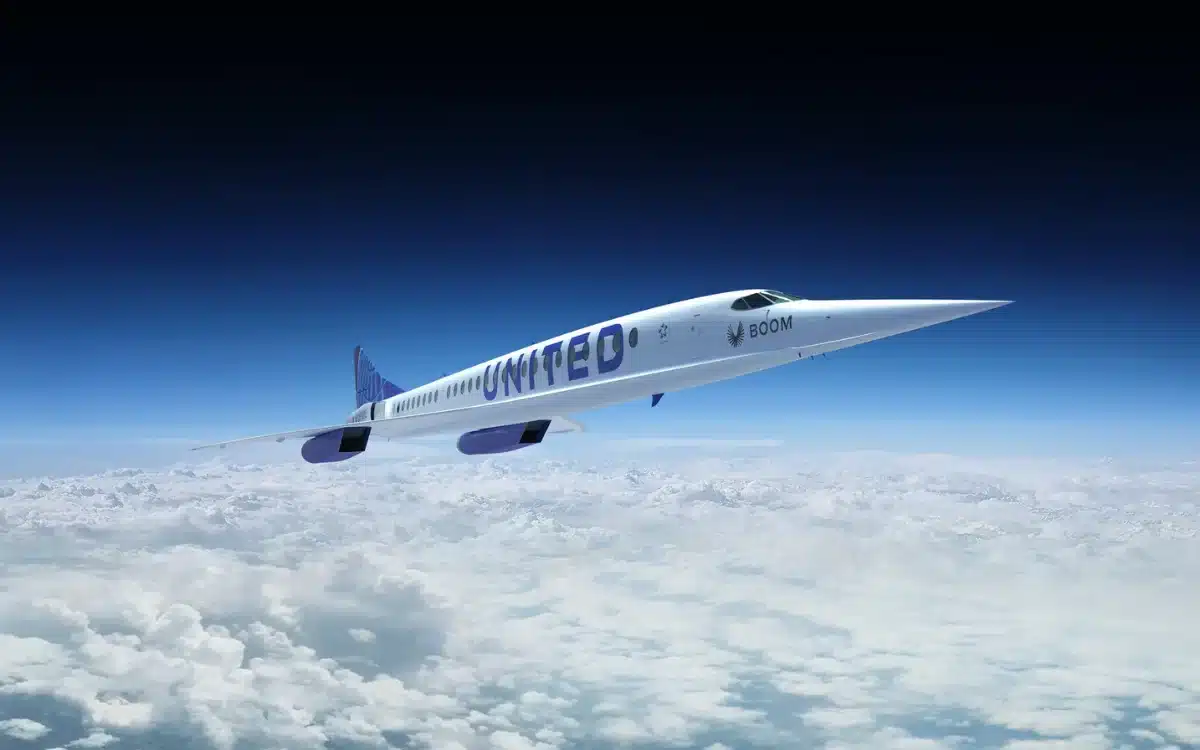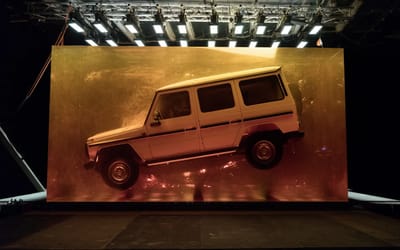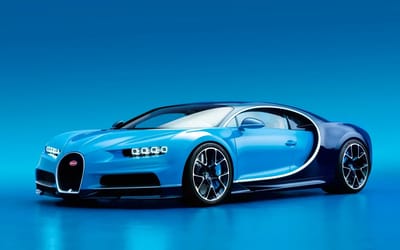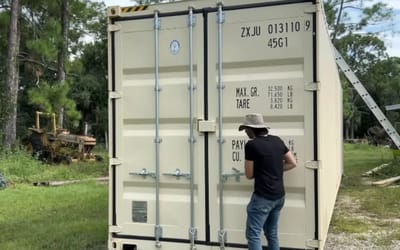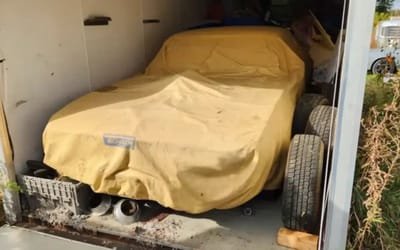History of Concorde and future of supersonic flight
- From Concorde’s first flight, humans have been fascinated with supersonic travel
- Since its decline, we’ve yet to see a commercial plane come close to what it achieved
- Now, a new generation of aircraft is being developed, and we could see supersonic commercial flights sooner than you might think
Published on Apr 19, 2024 at 6:42 PM (UTC+4)
by Andie Reeves
Last updated on Apr 19, 2024 at 6:42 PM (UTC+4)
Edited by
Tom Wood
From the first flight of Concorde, humans have been fascinated with supersonic travel.
The iconic aircraft was able to reach speeds of March 2.0, while providing a luxurious flight experience.
However several reasons led to its decline, and we’ve yet to see a commercial plane come close to what Concorde achieved.
Now, a new generation of aircraft is being developed, and we could see supersonic commercial flights sooner than you might think.
READ MORE: Emotional vintage footage shows the last ever Concorde being made
The idea of supersonic planes took flight after World War II, a period of mass innovation.
During this time we saw inventions like the television and the first steps of space travel take place.
Several countries were trying to win the race to be the first to develop a supersonic aircraft.
France and the UK developed Concorde together, recognizing that they could achieve this feat quicker together than they could apart.
They agreed to use Britain’s engine, the Rolls-Royce/Snecma Olympus 593.
The engineers employed a range of ingenious and innovative techniques to maximize its aerodynamic efficiency.
One was the delta wing design, which is now synonymous with Concorde.
There was also its legendary droop-nose, which curved downwards during takeoff to enhance visibility.
Photos of the cockpit show just how complicated it was to operate.
That said, it was the dream gig for a pilot to fly such a prestigious plane.
“It was the best job in the world,” John Tye, a pilot who regularly flew Concorde, said.
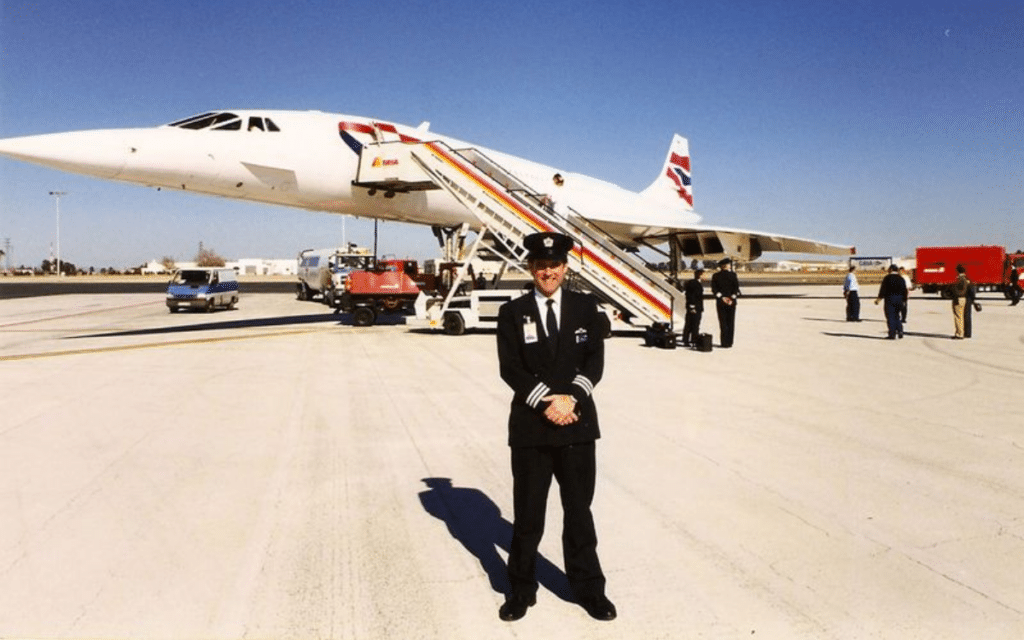
After about 17 years of rigorous testing and thorough development, Concorde was ready to take to the skies.
What followed were the golden years of supersonic travel.
Celebrities and wealthy business people were regulars, enjoying gourmet airplane food and bottles of Dom Perignon on board.
Passengers could reach New York earlier than the time they’d left London, with the journey taking just four hours.
The plane was very narrow, which meant the cabin was small and somewhat cramped.
But with journeys being so short, it hardly mattered.
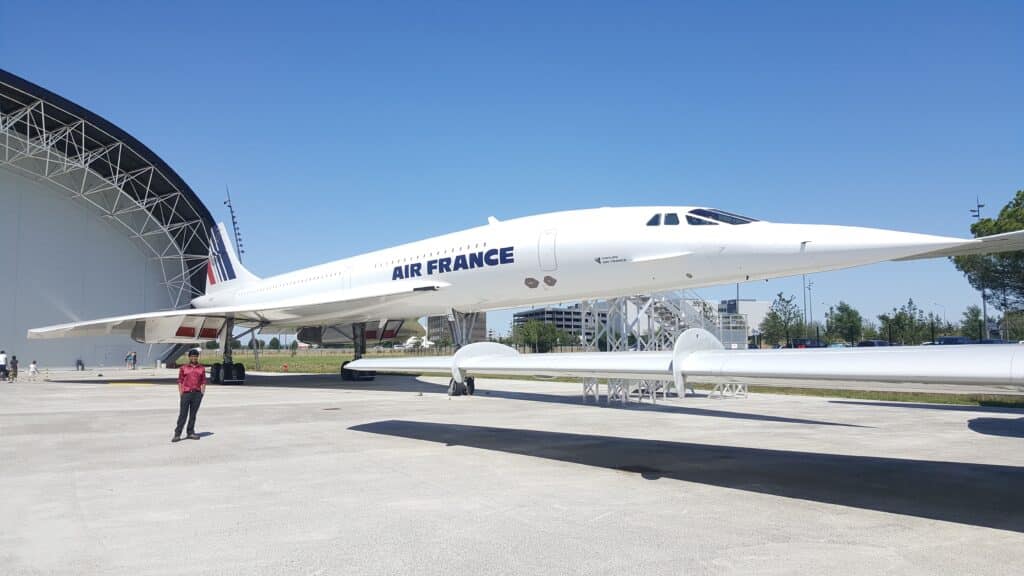
Over time, however, Concorde’s popularity began to decline due to several factors.
Tickets were expensive, costing around $12,000 in today’s money.
Supersonic flight was not very cost-efficient and each hour of flight used about 4,800 gallons.
Because of noise pollution, Concorde was only permitted to fly a few routes.
Furthermore, a fatal crash that killed all 109 people on board in 2000 meant the public lost confidence in this method of travel.
Eventually, the aircraft took its last flight in 2003, and since then the world hasn’t seen anything like it.
In recent years, however, a new breed of supersonic aircraft has started to emerge.
Companies are taking what we learned from Concorde and developing faster, more efficient, and environmentally conscious planes.
They’re also making supersonic flight more accessible and economical, which could totally revolutionize long-distance flying as we know it.
The Overture by Boom is one of the front-runners, able to fly at Mach 1.7 and theoretically able to reach Europe from New York City and back on a ‘tank’.
Boom is aiming to produce 1,000 of these green jets, which will be ready to take passengers in 2027.
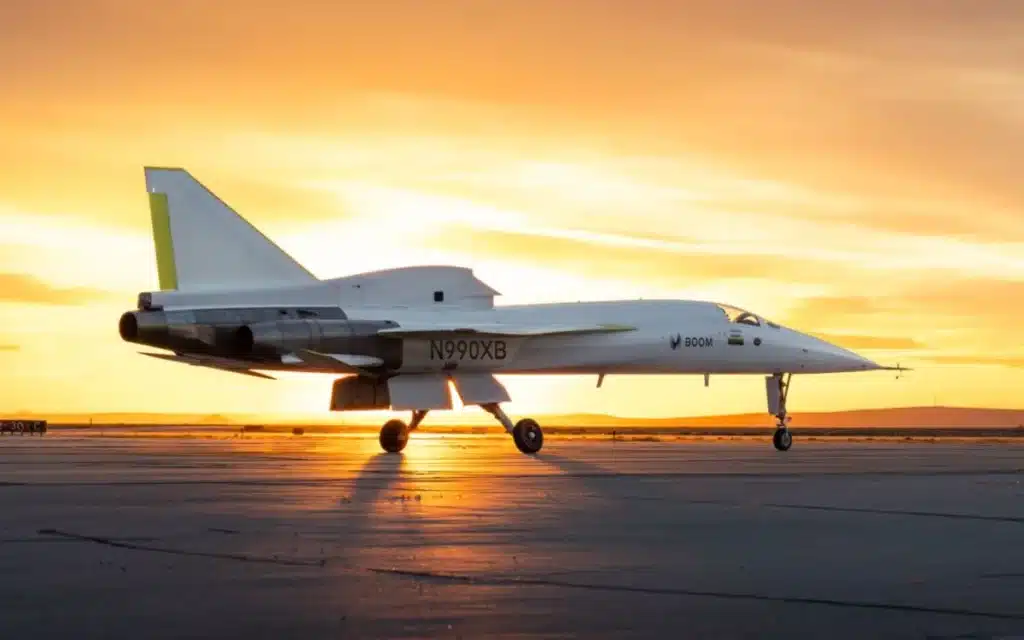
Exosonic has started testing on a reduced-scale model of their proposed autonomous supersonic aircraft.
And if being flown to your holiday by a self-driving plane sounds terrifying don’t worry: it’s aimed at military customers.
NASA is also developing a supersonic plane of its own, the Quesst which can fly Mach 4.0.
Then there are the companies not satisfied with supersonic, rather developing hypersonic planes able to fly Mach 5.0 or higher.
Hermeus has been working on an aircraft that could fly you from New York to London in less than an hour.
Meanwhile, an aerospace company recently completed a successful test flight where its hypersonic vehicle flew at speeds of Mach 5.0.
It seems the possibility of being a passenger on a supersonic plane is close to becoming a reality.
The incredible technology used to make Concorde is already over 50 years old, setting the stage for the next generation of aircraft to push the boundaries even further.
DISCOVER SBX CARS: The global premium car auction platform powered by Supercar Blondie
Andie is a content writer from South Africa with a background in broadcasting and journalism. Starting her career in the glossy pages of Cosmopolitan and Marie Claire, Andie has a broad portfolio, covering everything from sustainability solutions to celebrity car collections. When not at her laptop Andie can be found sewing, recording her podcast, taking board games too seriously or road-tripping in her bright green Kia.
